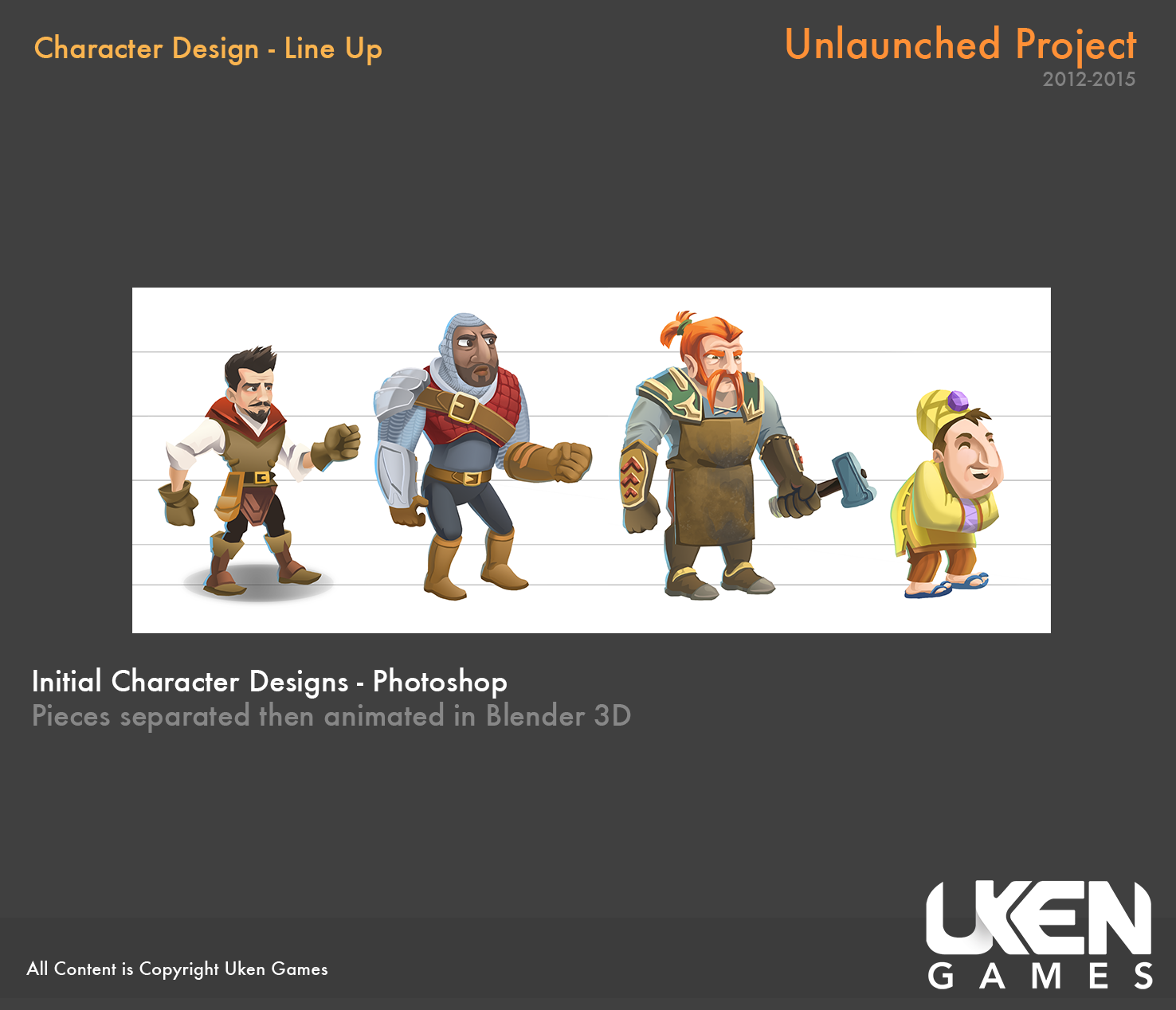

The advent of CT not only allows the visualization of bone internal structures ( Sutton, 2008 Cunningham et al., 2014), but also more sophisticated musculo-skeletal models (e.g., Bates and Falkingham, 2012 Hutchinson, 2012 Lautenschlager, 2015 Bishop et al., 2021). Traditional reconstructions of soft tissues such as muscles were restricted to a theoretical, usually two-dimensional framework with drawings. In particular, the development and increasing availability of computed tomography (CT) had a fundamental impact on paleobiological research (e.g., Cunningham et al., 2014). However, with the development of new computational modeling techniques alternative possibilities to reconstruct and investigate the soft tissues of extinct species have emerged ( Cunningham et al., 2014). While largely determining musculo-skeletal function, soft tissues like muscles are rarely preserved in fossils ( Lautenschlager, 2016). The reconstruction of the biomechanics of fossils is a valuable approach to understand and investigate extinct life. These results are not in conflict with the previously inferred moderately erect locomotor posture of Orobates and suggest considerable variability of posture during locomotion. Nevertheless, results for Orobates remained inconclusive as several postures resulted in similar muscle strains and none of the postures could be entirely excluded. Generally, the use of muscle strain analysis for the reconstruction of posture in quadrupedal vertebrate fossils thus appears a promising approach. Since this validation experiment demonstrated a close match between the modeled posture that maximizes optimal adductor and retractor muscle strain and the in vivo posture employed by Caiman, using the same method for Orobates was justified. We replicated the identical workflow used for the analysis of Orobates and compared the locomotor posture predicted for Caiman based on muscle strain analysis with this species’ actual postural data known from a previously published X-ray motion analysis. To validate our method, we used Caiman crocodilus. We experimentally varied different body heights in modeled hindlimb stride cycles of Orobates to find the posture that maximizes optimal strains over the course of a stride cycle.
#Blender 3d animation expansion and contraction software
Freely available animation software B LENDER is used to first reconstruct the lines of action of hindlimb adductors and retractors for Orobates and then estimate the muscle strain of these muscles. We here further investigate plausible body postures and locomotion of Orobates by taking soft tissues into account. This suggested that the evolution of such advanced locomotor capabilities preceded the origin of crown-group amniotes. The stem amniote Orobates pabsti has been reconstructed to be capable of relatively erect, balanced, and mechanically power-saving terrestrial locomotion.

Michelle Zwafing 1, Stephan Lautenschlager 2, Oliver E.


 0 kommentar(er)
0 kommentar(er)
